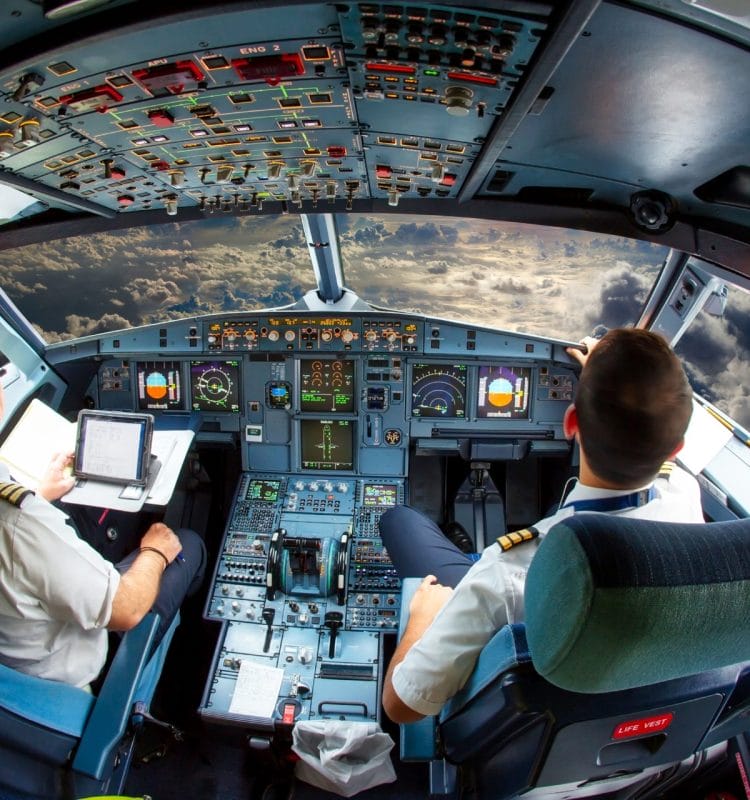EN


As aviation journeys into the era of increasing automation, maintaining human vigilance takes center stage. We engaged in a conversation with Nam Nguyen, a seasoned Senior Neuroscience Product Specialist at iMotions, to unravel the intricate dance between automation and human attention. Nam’s insights offer a deeper understanding of how iMotions’ technology is shaping the future of aviation by ensuring pilot readiness and optimizing interface design.
With the rise of automation, pilots face the challenge of maintaining vigilance during periods of inactivity. The evolution of pilot monitoring is crucial to prevent complacency or disengagement. Nam highlights that maintaining situational awareness is complex. Traditional metrics may not accurately capture a pilot’s engagement, making the role of advanced technologies pivotal. Biometric indicators such as facial expressions, eye tracking, and skin conductance offer insights into a pilot’s emotional state and attentiveness. By combining these indicators, aviation professionals can better understand how pilots respond during prolonged periods of automation, enhancing overall flight safety.
As automation reshapes aviation, regulations and compliance systems are evolving to address the changing landscape. Nam notes that while current regulations are still catching up, the integration of advanced technologies is anticipated. iMotions technology is poised to play a pivotal role in ensuring compliance. By assisting pilots in interacting seamlessly with automated systems, iMotions contributes to maintaining pilot readiness and reducing the risk of errors. As automation becomes more prevalent, the collaborative efforts between regulatory bodies and technology providers will be crucial in defining the standards for human-machine interaction in aviation.
Nam’s insights also shed light on iMotions’ collaboration with government organizations to design touchscreen interfaces for cockpits. With the shift from physical switches to touchscreen technology, interface design becomes a critical consideration. The challenge lies in creating efficient and user-friendly configurations. By leveraging biometric data, including eye tracking, facial expressions, and EEG, iMotions helps designers optimize touchscreen interfaces. This ensures that pilots can swiftly access critical functions without getting lost in complex menus. Ultimately, the collaboration between iMotions and government entities aims to create intuitive interfaces that enhance pilot performance and safety.
The dynamic intersection of automation, pilot vigilance, and interface design holds the key to aviation’s future. With iMotions’ technology at the forefront, the aviation industry is poised to navigate these challenges with innovation and precision. Stay tuned as we continue to explore the synergy between technology and human factors in aviation excellence.
Interested in eye tracking for pilot training? Download our Comprehensive Guide to Eye Tracking Technology for the Aviation Industry here, or contact us today to schedule a demo!

